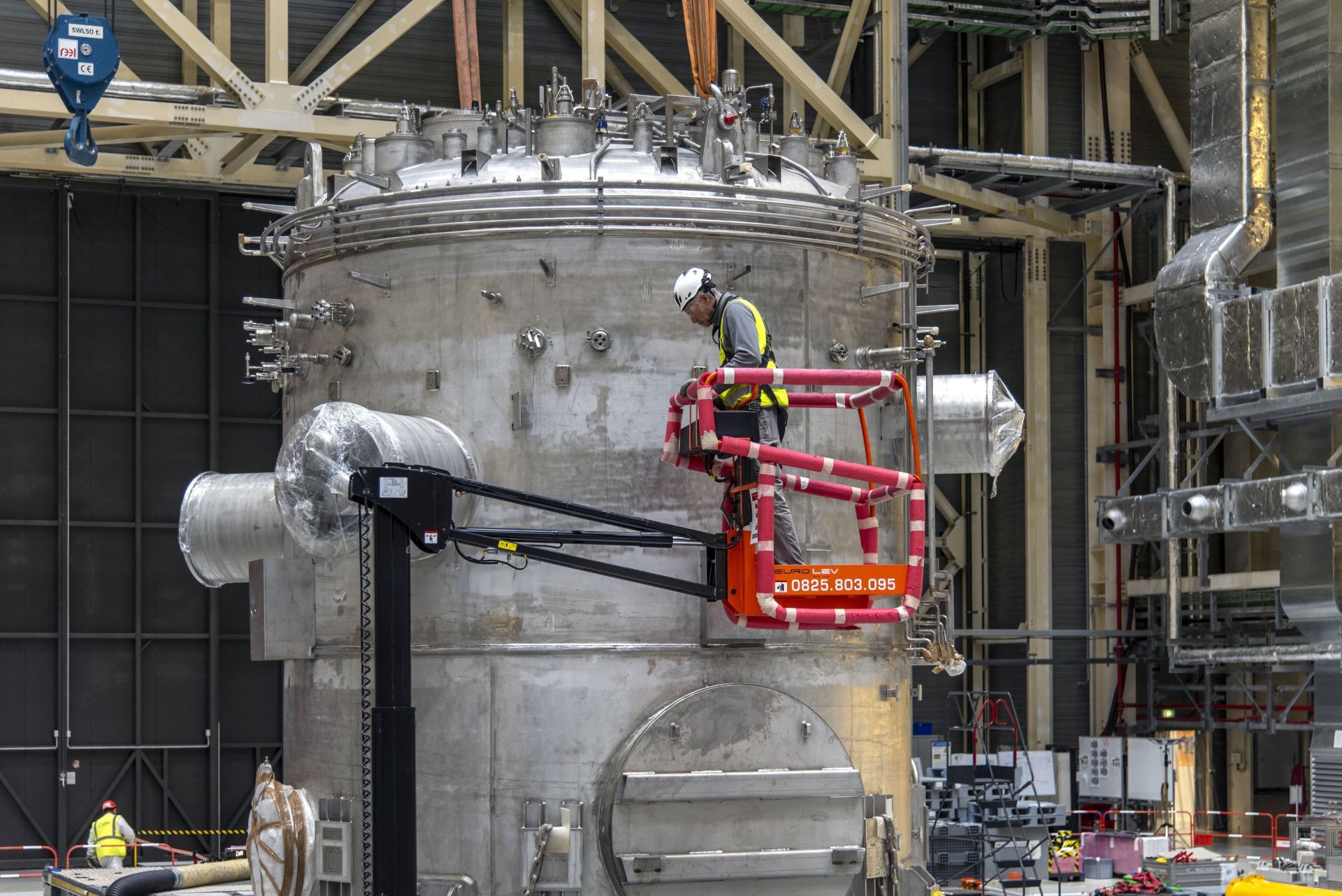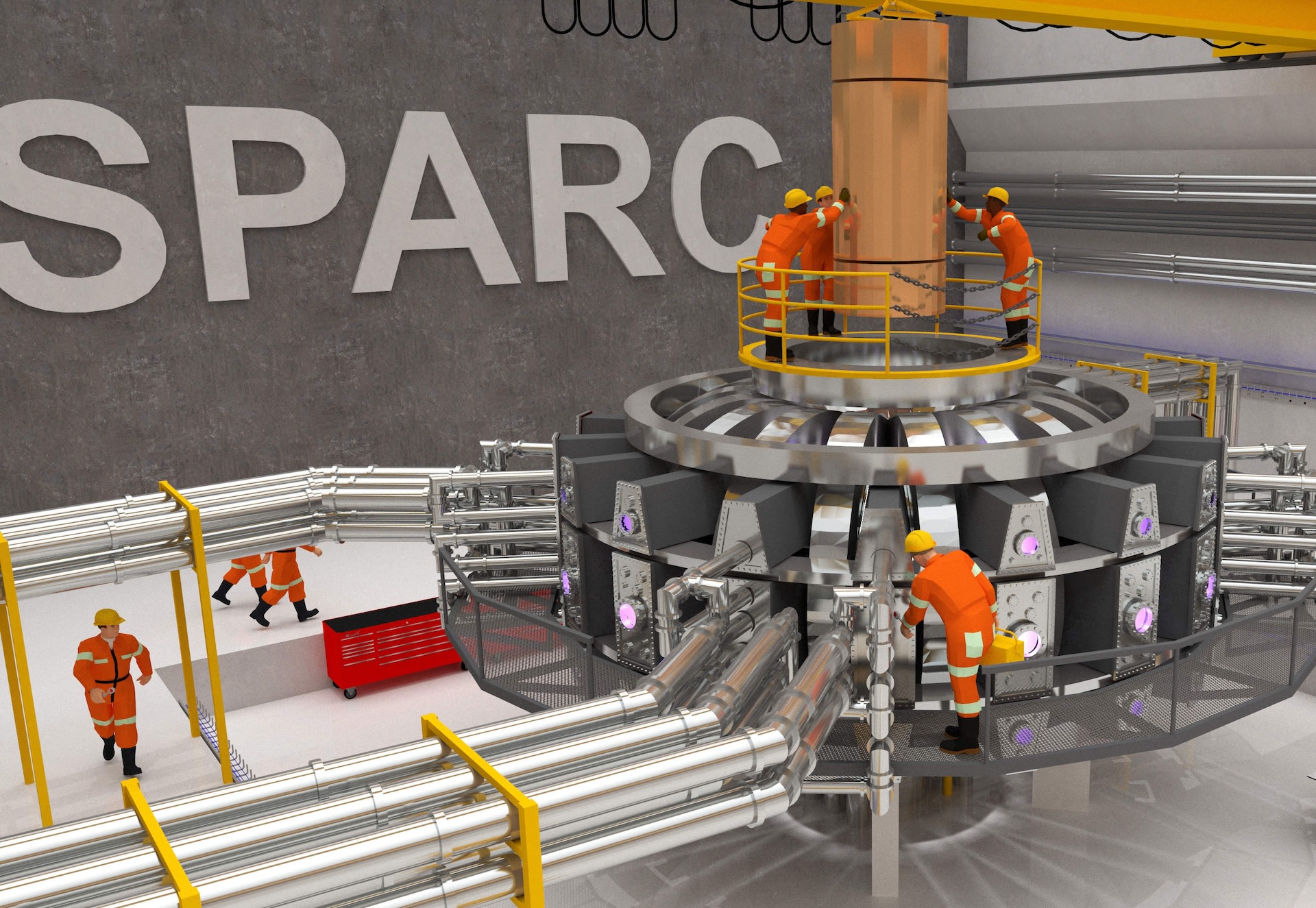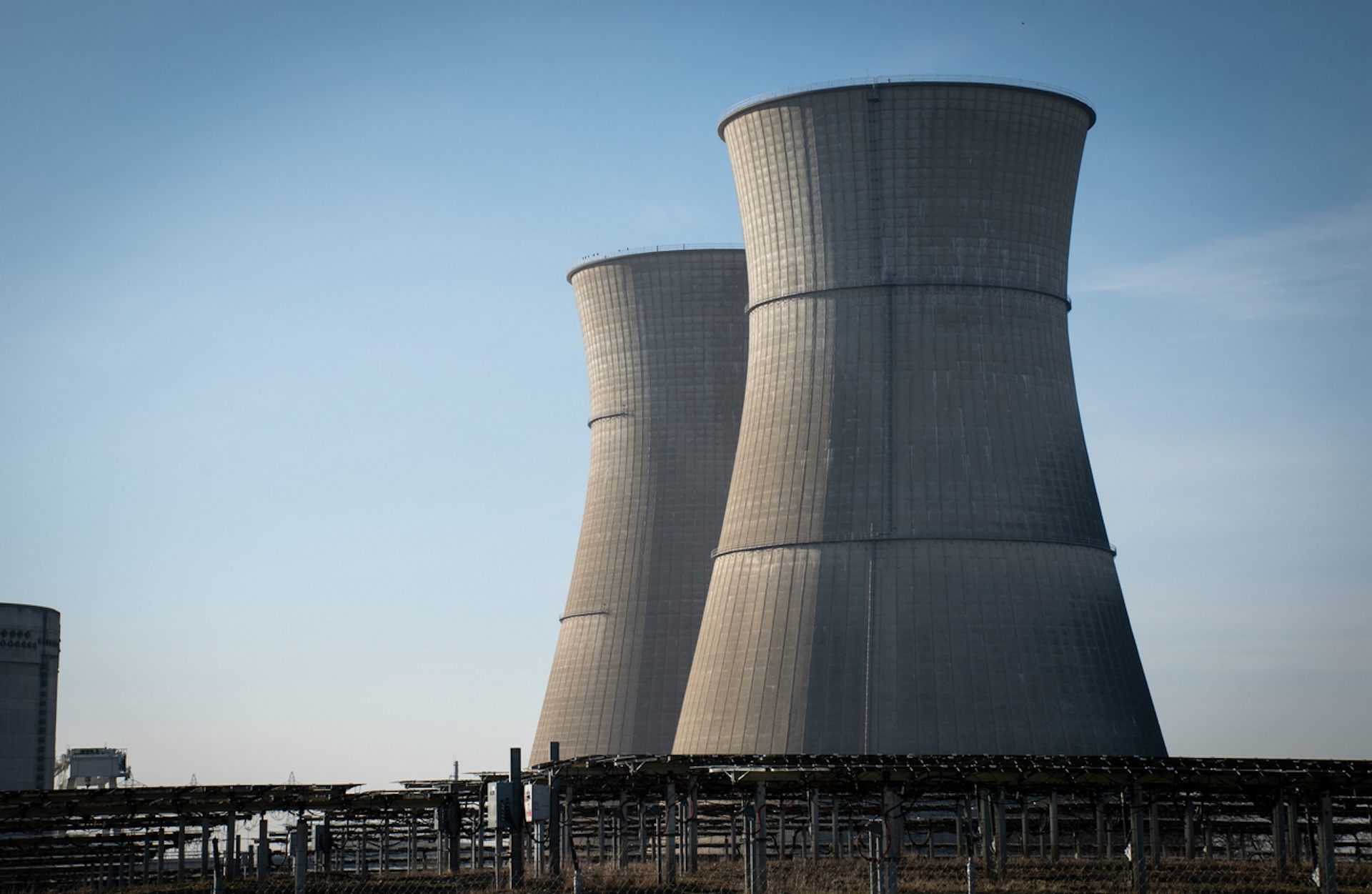Though many people associate nuclear power with accidents, nuclear waste, and radioactivity, experts contend that it is one of the safer and more environmentally friendly forms of power per kilowatt of energy produced.
As science and technology advance, engineers are finding new ways to make nuclear energy safer, cleaner, more reliable, and more accessible.
ITER nuclear fusion

When talking about nuclear power in its current state, we are generally talking about nuclear fission, the process of slamming neutrons into larger atoms to split them into smaller particles, creating energy. However, experts at the International Thermonuclear Experimental Reactor are trying to mimic the reaction that powers the sun, nuclear fusion, to potentially revolutionize nuclear power.
Fusion involves slamming two smaller particles together to form a heavier atom. According to the U.S. Department of Energy, fusion not only results in more energy than fission, it produces the energy without the same long-lived, high-risk radioactive waste.
Commonwealth Fusion Systems

Commonwealth Fusion Systems is also working on a nuclear fusion reactor using technology called a "tokamak," a device that heats up isotopes of hydrogen to extremely high temperatures. Plasma produced in the process is then squeezed by a magnetic field, fusing the atoms until energetic electrons and neutrons are released.
There are some drawbacks to the project. It is incredibly expensive and requires 6,200 miles of high-temperature superconductor tape, which is resource-intensive. In an article highlighting the new technology, MIT Technology Review said "the company's first commercial reactor is still nearly 10 years away, but if it works, the climate benefits will be profound."
Portable microreactors

Providing energy for remote locations can be a struggle, especially when it comes to finding a non-polluting energy alternative to diesel, which is transported relatively easily. Prodigy Clean Energy and Des Nedhe Group are working together to find a solution to power mining facilities, construction projects, and even communities in rural Canada: portable microreactor stations to house small nuclear generators.
The goals of the project are not only to provide carbon-free energy to remote locations but also to partner with Indigenous groups in these areas to bring long-term economic development for their communities.
Molten salt reactors

In 1965, Oak Ridge National Laboratory successfully operated its first experimental molten salt reactor, a nuclear reactor that uses molten salts as both a coolant and fuel carrier. This technology is being brought back to the forefront of nuclear power as an opportunity to resolve several challenges in the industry.
Molten salt reactors have the potential to make nuclear power safer by decreasing long-lived nuclear waste. They not only provide a safer alternative, but molten salt reactors could also prove cheaper than a traditional nuclear reactor, according to nuclear power company ThorCon.
New U.S. construction permit

Advancements in nuclear power are not just theoretical. For the first time in 50 years, the U.S. Nuclear Regulatory Commission has issued a construction permit for a molten salt test reactor called The Hermes in Oak Ridge, Tennessee.
Getting the permit took nearly two years, according to Kairos Power, and the company hopes to make advancements toward providing non-polluting, reliable, affordable, and safe energy to Tennessee and beyond. Although The Hermes is only a test reactor and will not produce any electricity, it is intended to provide valuable information to develop larger commercial power plants in the future.
Join our free newsletter for weekly updates on the latest innovations improving our lives and shaping our future, and don't miss this cool list of easy ways to help yourself while helping the planet.









